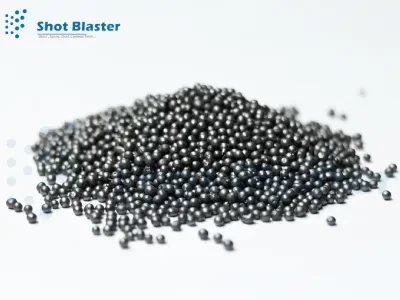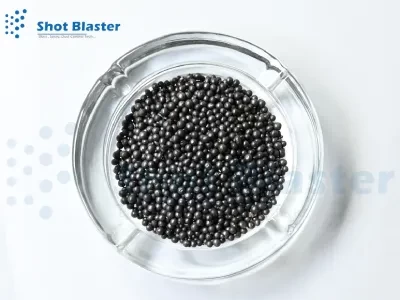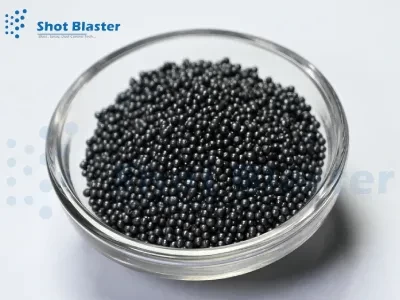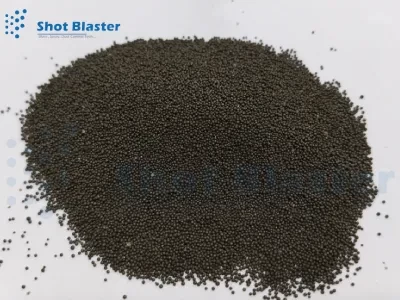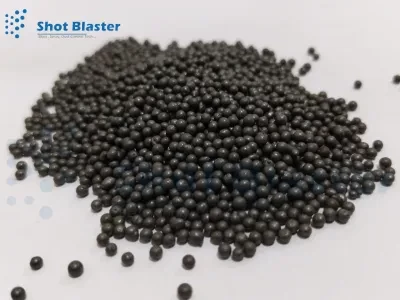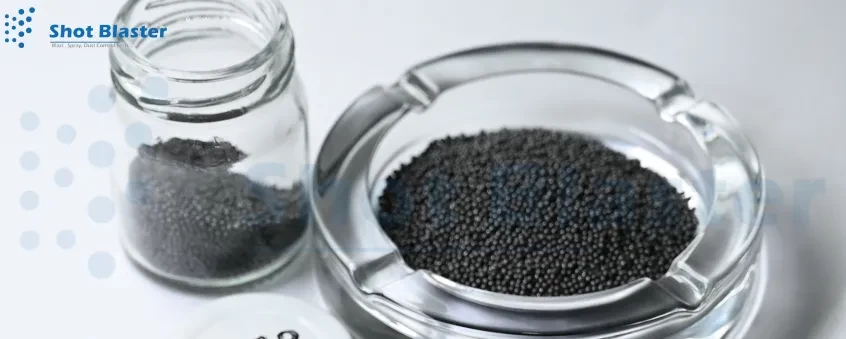
Steel Shots For Sand Blasting
Steel Shots is mainly used for sandblasting, casting sand, rust, scale, and paint, as well as for surface preparation before painting and surface strengthening -shot peening (in the aerospace industry, peen forming, welding, gears, springs, and so on). Steel shot sandblasting is primarily utilised in blast chambers and wheel blasting equipment. After sandblasting with a steel shot, the component surface is covered with round dimples.
Steel abrasives are made from super eutectoid medium alloy steel, used in the manufacturing process. The abrasives are heat-treated using the most modern method available. Martensite is a fine, homogeneous structure found in the microstructure of high-carbon steel heat treated abrasives. This product contains very little sulphur, phosphorus, and chromium by weight.
Uses of Steel Shots
Low carbon steel shot has a lower toughness than high carbon steel shot compared to the latter. It is less commonly utilised because low carbon steel shot is softer and cannot be crushed into grits, reducing usage. As a result of its microstructure, it is resistant to impact, yet when it is struck, it scatters/dissipates and becomes fine powdered dust. It is even employed in the process of flash descaling.
Used in airless centrifugal wheel blast machines for cleaning foundry castings, surface polishing, and shot peening, among other applications. Airless blasting machines for concrete floor preparation, ship deck preparation, and profiling are also available, as is the use of portable track blasting machines.
Steel shot blasting is one of today's most influential and cost-efficient abrasive blasting technologies. Modern blasting systems allow for cleaning surfaces with virtually any abrasive, including sand, garnet, steel shot, copper slag, etc. Steel shot blasting provides several advantages, one of which is using free silica sand while blasting steel. Although blasting can remove scale, it does not remove any virgin metal from the environment.
Characteristics of Round high-carbon heat-treated steel abrasives
- Minimal depreciation
- Extended life period
- Resistance to wear
- Toughness
Benefits of Steel Shot Sandblasting
- Simplicity - Sandblasting is a straightforward task. Simply cut away any excess material and clean the tarp thoroughly.
- Versatility - Sandblasting offers a wide range of applications. It can be used to strip pavement as well as to remove paint. Sandblasting removes dirt and impurities while polishing and refining surfaces. This polishing will result in a beautiful completed product or ensure that a surface is adequately primed for painting.
- Rust Removal - When it comes to metal products, rust is a significant issue. In reality, it is the most important source of property damage because it corrodes metal and spreads swiftly to other metallic surfaces. Rust can cause permanent damage if not appropriately addressed. Sandblasting is a valuable tool for removing rust, which is necessary for metal products to maintain their integrity.
- Safety - Sandblasting is a non-toxic and environmentally friendly method of cleaning. The material used in sandblasting is safe to touch or breathe, and it can be disposed of without causing harm to the environment. There is no dangerous dust to breathe in because the technique uses natural sand.
